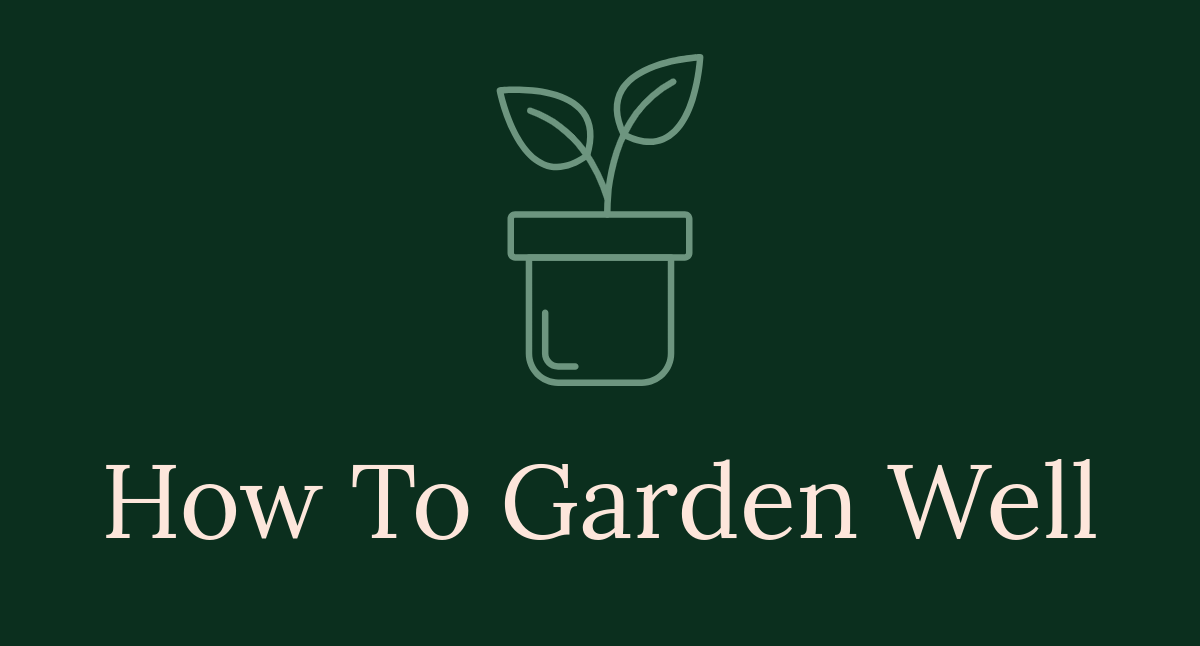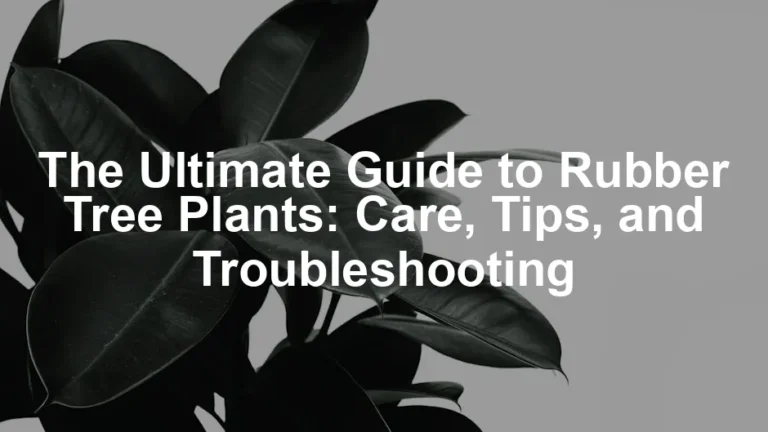
Creating a Pollinator Garden for Bees and Butterflies: A Comprehensive Guide
Introduction
Pollinator gardens are the unsung heroes of our ecosystems. They support local biodiversity and boost food production. Imagine stepping into a colorful sanctuary buzzing with life. You’ll find bees buzzing and butterflies flitting, all while enhancing your outdoor space. Pollinators are crucial for growing fruits, vegetables, and a myriad of flowering plants. Without them, our plates would look quite empty! Creating a pollinator garden is not just a fun gardening project. It’s a delightful way to embrace nature and contribute to the environment. Picture a vibrant garden bursting with colors, fragrances, and life. It’s where you can sip your morning coffee while watching bees dance from flower to flower. Plus, gardening has therapeutic benefits too—what’s not to love about that? So, whether you have a sprawling backyard or a cozy balcony, you can create your own pollinator paradise. From selecting the right plants to designing an inviting layout, this guide will help you transform your space into a thriving haven for bees, butterflies, and other pollinators. Get ready to roll up those sleeves and dig in!
Summary
Pollinator gardens are vital for supporting local ecosystems. They provide food and habitat for essential species like bees and butterflies. By choosing native plants, gardeners can attract a variety of pollinators. Selecting plants that bloom at different times ensures a steady food supply throughout the seasons. When designing your garden, consider color and shape. Different pollinators prefer specific flower types. Water sources are equally important, as they need hydration. Creating nesting habitats will also encourage pollinators to stick around. Avoiding pesticides will help maintain a healthy ecosystem. Embracing gardening not only beautifies your space but also contributes to environmental conservation. It’s a powerful way to make a difference, one flower at a time. Stay tuned for detailed strategies and plant recommendations that will help you cultivate a vibrant pollinator garden. Your garden can become a sanctuary for these vital creatures, helping them thrive while adding charm to your home.
Understanding Pollinator Gardens
What Is a Pollinator Garden?
A pollinator garden is a carefully curated space filled with flowering plants that attract and support various pollinators. These gardens are essential for boosting biodiversity. They create a haven for bees, butterflies, hummingbirds, and other beneficial insects. Each pollinator plays a unique role in the ecosystem, contributing to the pollination of fruits, vegetables, and flowering plants. Bees, for instance, are the heavyweight champions of pollination. They love pollen-rich flowers with open anthers. Butterflies are equally vital, drawn to fragrant blooms with clusters of small flowers. Hummingbirds, those charming little creatures, prefer tubular flowers that allow easy access to nectar. Each type of pollinator has its preferences, and understanding these can help you tailor your garden. The ecological benefits of a pollinator garden are significant. Not only does it enhance food production, but it also improves garden aesthetics. A well-planned garden is a feast for the eyes—and the pollinators! More than just a pretty space, these gardens contribute to the health of our local ecosystems, making the world a more vibrant place. With the right design and plant selection, your garden can become a thriving sanctuary for these important creatures. By creating a pollinator garden, you’re not just planting flowers; you’re investing in the environment and fostering a love for nature. So, grab your gardening gloves and let’s get started on this exciting journey!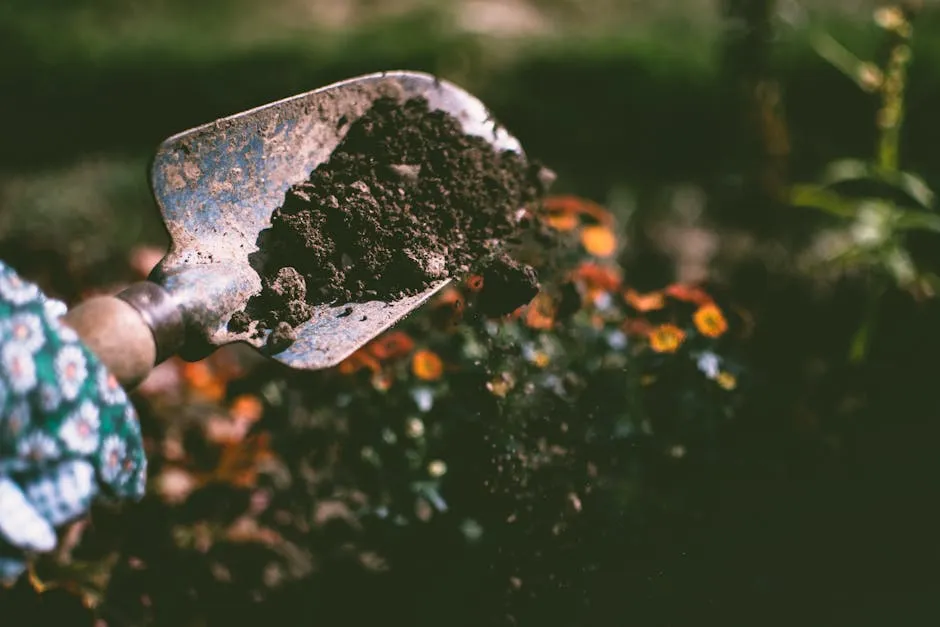
Why Native Plants Matter
Native plants are the superstar players of your pollinator garden. They are like that friend who always knows how to fit in—adapted to local soils and climates, these plants thrive without much fuss. When you plant natives, you provide a reliable food source for local pollinators like bees and butterflies. These plants have evolved alongside our local insect friends, creating a harmonious relationship that benefits everyone involved. By choosing native flora, you reduce the need for chemical fertilizers and excessive watering. Native plants are low-maintenance champions, requiring less intervention from you. Imagine a garden that takes care of itself while attracting a parade of pollinators! That’s the beauty of going native. Consider including plants like purple coneflower seeds, black-eyed Susan seeds, and butterfly weed seeds in your garden. These colorful blooms not only brighten your landscape but also draw in butterflies and bees galore. Milkweed is another essential addition, especially for monarch butterflies, as it serves as a host plant for their caterpillars. Planting natives means you’re creating a buffet of delicious options for our buzzing buddies. Plus, native plants often provide better shelter and nesting sites, ensuring that your garden is a safe haven for these important creatures. Just picture the buzz of bees and the flutter of butterflies, all thanks to your thoughtful choices. It’s a win-win for you and the local ecosystem!
Essential Plants for Pollinator Gardens
Top Native Plants for Bees and Butterflies
Creating a pollinator garden requires selecting the right plants. Native flora is crucial. These plants are adapted to local climates and thrive with minimal care. Here’s a list of the best native plants to include, ensuring blooms from spring to fall.- Milkweed (Asclepias spp.) This is a must-have for monarch butterflies. It serves as a host plant for their caterpillars and attracts other pollinators. Plant in clusters for maximum visibility. Water regularly until established, especially in dry spells.
- Purple Coneflower (Echinacea purpurea) These beauties are bee favorites. Their daisy-like flowers bloom from summer to fall. They thrive in well-drained soil and full sun. Space them about 2 feet apart to allow for their spreading nature.
- Bee Balm (Monarda spp.) Known for its vibrant colors, bee balm attracts both bees and butterflies. It prefers moist, well-drained soil and partial shade. Keep the soil moist and deadhead spent blooms to encourage further flowering.
- Black-eyed Susan (Rudbeckia hirta) This cheerful flower blooms in summer, providing nectar for bees and butterflies alike. These hardy plants thrive in full sun and poor soil. Space them 12 to 18 inches apart for optimal growth and airflow.
- Butterfly Weed (Asclepias tuberosa) Another essential for monarchs, butterfly weed produces bright orange flowers. It prefers dry, sandy soil and full sun. Water sparingly once established, and plant in groups to create a stunning display.
- Wild Bergamot (Monarda fistulosa) This fragrant perennial attracts a variety of pollinators. It can tolerate both dry and moist conditions. Space plants 18 to 24 inches apart, allowing them to flourish without crowding.
- Aster (Aster spp.) Asters bloom in late summer and fall, providing critical nectar as other flowers fade. They thrive in various soil types and can tolerate drought. Plant them 1 to 2 feet apart to allow for growth.
- Goldenrod (Solidago spp.) Often misunderstood, goldenrod is a late-blooming favorite among pollinators. It thrives in full sun and tolerates poor soil. Space them 2 to 3 feet apart, as they can grow quite tall.
- Catmint (Nepeta spp.) This drought-tolerant perennial has lovely blue flowers that attract bees. It thrives in well-drained soil and full sun. Space plants 18 inches apart to allow for their bushy growth.
- Sedum (Sedum spp.) Sedums are succulent plants that provide nectar late in the season. They thrive in poor, dry soil and full sun. Space them 12 to 18 inches apart, making them excellent for rock gardens or borders.

Create a Pollinator-Friendly Environment
To make your garden even more inviting, consider additional features that enhance its appeal to pollinators.- Water Sources: Pollinators need hydration just like we do. Incorporate bird baths or shallow dishes filled with pebbles. This allows bees and butterflies to land safely while drinking. Change the water regularly to keep it fresh and inviting.
- Nesting Habitats: Providing nesting areas can significantly boost pollinator populations. Leave some areas untidy by creating brush piles or dead wood stacks. You can also invest in a bee hotel made from untreated wood, which offers nesting sites for solitary bees.
- Sun and Shade: Design your garden with a mix of sunny and shaded areas. Many plants thrive in full sun, while others appreciate a bit of shade. This variety attracts a broader range of pollinators.
- Mulch Wisely: While mulching can suppress weeds and retain moisture, it may hinder ground-nesting bees. Use organic materials and apply them sparingly.
- Leave the Leaves: Leaving fallen leaves and plant stalks over winter can provide shelter for overwintering insects. This simple act fosters a thriving ecosystem in your garden.

Observing and Enjoying Your Garden
Creating a pollinator garden is not just about planting flowers. It’s an adventure filled with delightful surprises! As the bees and butterflies flutter about, take a moment to observe and appreciate the vibrant life in your garden. You might find yourself chuckling at a bumblebee trying to navigate a particularly fluffy flower. To deepen your connection with this lively ecosystem, consider keeping a garden journal. Track different species of pollinators visiting your garden and note their blooming times. This simple act can enhance your gardening experience and help you become more attuned to nature’s rhythms. Plus, who doesn’t love a good excuse to journal? Creating a comfortable space to enjoy your garden is essential. Find a cozy spot with a view of your blooms and bring along a comfy outdoor chair. Add a small outdoor table for your favorite drink—maybe a refreshing lemonade. You could even invite a friend over for some gardening gossip. Enjoy the sights and sounds of your garden, and let the allure of nature soothe your soul. So, grab that journal and a comfy chair. Your pollinator garden awaits, ready to be discovered and cherished!
Conclusion
Pollinator gardens are not just pretty patches of color; they are vital for supporting local ecosystems. By creating a space filled with native plants, you help nourish essential species like bees and butterflies. These little creatures play a huge role in our food production and overall biodiversity. Imagine stepping into your garden, surrounded by nature’s beauty and the buzzing of pollinators. You’re not just enhancing your outdoor space; you’re actively contributing to the health of the environment. Every flower you plant makes a difference, attracting these crucial pollinators and helping them thrive. Creating your own pollinator garden doesn’t require a massive backyard. Whether it’s a small container on your balcony or a generous bed in your yard, you can make an impact. Start by choosing native plants that will flourish in your area. Consider their blooming times to ensure a steady food supply throughout the seasons. Remember, small changes in your gardening practices can lead to significant benefits for pollinators and biodiversity. By reducing pesticide use and designing diverse plantings, you create a welcoming habitat. So, roll up your sleeves and get started on your pollinator garden today! Your efforts will not only beautify your space but also support the lively world of pollinators. Together, let’s make a positive change, one flower at a time!
FAQs
What is the best location for a pollinator garden?
To attract pollinators, choose a sunny spot with at least six hours of sunlight each day. Additionally, find a location that offers some shelter from harsh winds. This will create a comfortable environment for pollinators to thrive.
How can I create a pollinator garden in a small space?
If you’re limited on space, don’t fret! Container gardening is a fantastic option. Use pots to plant a mix of pollinator-friendly flowers. You can also intersperse native plants among your existing landscape. Even a small balcony can become a buzzing haven!
What are some common mistakes to avoid when planting a pollinator garden?
A few pitfalls to steer clear of include using non-native plants that may not attract local pollinators. Additionally, overusing pesticides can be detrimental. Lastly, avoid planting too densely; give each plant room to grow and shine.
How do I attract specific pollinators to my garden?
Different pollinators have unique preferences. For example, bees are attracted to flat, open blooms, while butterflies prefer brightly colored flowers. Research local pollinators and choose plants that cater to their specific needs.
What can I do to maintain a healthy pollinator garden throughout the seasons?
Consistent care is key! Water your plants regularly, especially in dry spells. Allow some areas to remain untidy, as fallen leaves and plant debris provide shelter for overwintering insects. Regularly check for pests and apply organic methods if needed to maintain a healthy ecosystem.
How do I attract specific pollinators to my garden?
Attracting specific pollinators starts with choosing the right plants. Each pollinator has its unique preferences. For instance, bees love flat, open blooms. Think daisies and sunflowers—flowers that look like they’re waving at the bees! Meanwhile, butterflies are drawn to vibrant colors. They can’t resist brightly colored blooms, especially red, yellow, and orange. When selecting plants, consider their shapes. Bees prefer composite flowers with clusters of tiny florets. These provide easy access to both nectar and pollen. Butterflies, on the other hand, favor flowers with flat tops. Think of zinnias and milkweed. These flowers offer a perfect landing pad for fluttering friends. Don’t forget about fragrance! Sweet-smelling flowers attract butterflies and moths. Consider adding plants like bee balm seeds and lavender. Their scents are irresistible! Also, group your plants. Planting in masses creates a visual feast that attracts more pollinators. It’s like throwing a party for bees and butterflies! Lastly, vary your bloom times. Choose plants that flower in different seasons. This ensures a continuous food supply throughout the year. With the right selection, your garden will be buzzing with life!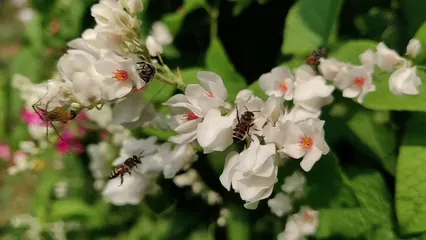
What can I do to maintain a healthy pollinator garden throughout the seasons?
Maintaining a healthy pollinator garden requires seasonal care and attention. Start by watering regularly. Newly planted flowers need consistent moisture to establish roots. Once established, most native plants are drought-tolerant. Still, don’t forget about dry spells! A good soak during hot months can work wonders. Next, embrace biodiversity. Plant a variety of species to attract different pollinators. More diversity means a healthier ecosystem. Consider adding plants that bloom at different times. This way, you’ll have something blooming from spring to fall. A garden with continuous blooms is like a buffet for pollinators! In the fall, let some plants stand. Leaving seed heads and stems provides food and shelter for wintering pollinators. And when spring arrives, delay cleanup. Tidy up only after pollinators emerge. This practice protects overwintering insects and caterpillars. Lastly, minimize pesticide use. If you must use them, opt for organic options. These are less harmful to pollinators. By following these seasonal care tips, your garden will thrive and support its buzzing visitors all year round!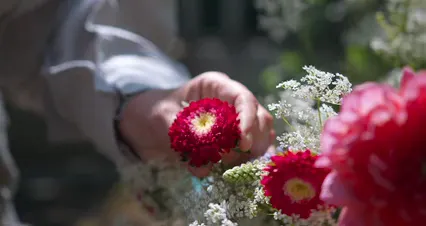
Please let us know what you think about our content by leaving a comment down below!
Thank you for reading till here 🙂
All images from Pexels
